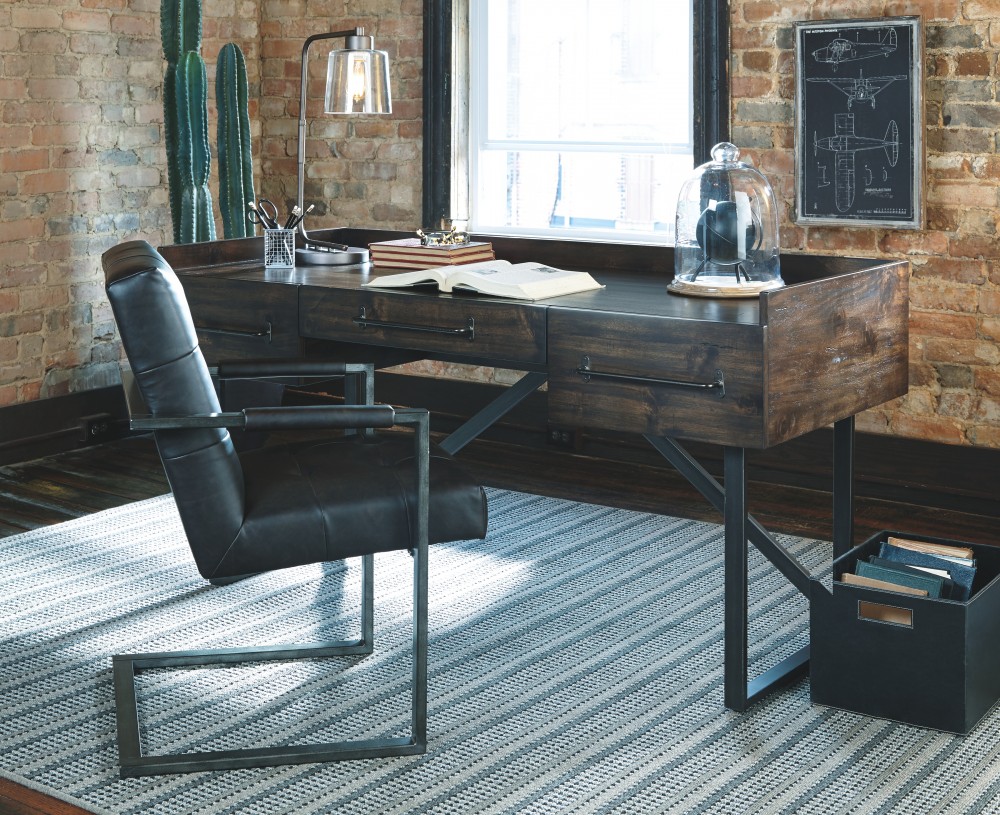The drains in your home really do take a lot of abuse. Not only are things sometimes accidentally flushed down toilets and drains, but they also naturally collect all of the dust, hair, and whatever else is in the air. Over time, your pipes are bound to get clogged at some point.Clean Blocked Drains cxan make things work for you in all the aspects.
Of course, a plumber can clear out a clog in a snap. But, here are seven things that you can try on your own first without using harsh chemicals which could harm your pipes.
7 Ways to Clean Blocked Drains in Your Home:
1. Find the clog:
It might not be that deep. In a toilet, it’s generally somewhere in the base. And, in sinks, it’s often in the trap underneath it where hair and other debris will settle. There are a few different tools that you can use to attack the clog from the outside of the drain.
- Trap cleaner: You can find one at your local hardware store. It’s usually made of plastic and is about the length of your arm. It has ridges along the sides and is designed to fit inside of your drain. You can use it to fish out anything that might be clogging the trap.
- Drain snake: It’s the same idea as the trap cleaner, only it’s longer and has a hose that rolls up, so it can get to clogs that may be deeper inside of the drains.
- Wire coat hanger: In a pinch? Just grab a wire coat hanger, unwind it, fashion it into a long hook, and use it to clear the trap.
2. Use a plunger:
It’s a basic home necessity for toilets. And, it can also be used for sinks. All you need is a solid suction and you may get the same results on a sink drain that you would with a toilet. In a sink, it might help to have a little standing water while you are plunging.
3. Dish Detergent:
You can use it in toilets and sink drains. Pour it straight down the drain or into the toilet, about a quarter of a cup. The detergent will settle on the clog, and start to break it down. Let it sit for a few hours, run some hot water, and try plunging. The soap is sometimes strong enough to break up the clog.
4. Boiling Water:
This would be more effective for a sink drain. Pouring boiling water directly down the drain could break up the clog. You could add boiling water, wait a few minutes, try plunging, and repeat the process a couple of times, if necessary. Just make sure the water isn’t still boiling while you are plunging to protect yourself from any scalding.
5. Use a wet/dry vac:
Wet/dry vacs are great for many purposes, including clearing clogs in your drain. If the clog isn’t too deep, you can use it to either pull the clog out or push it down the drain. It’s a good idea to try to pull it out first to remove the clog from your plumbing system. But, sometimes pushing it will also clear the clog and allow it to drain.
6. Clean the trap:
If you are dealing with a clogged sink, you can usually access the trap underneath the drain. Most likely, that’s where the clog will be. If you’re handy with home repairs, here’s a quick how-to.
- You’ll need a plumber’s wrench.
- Have a bucket underneath to catch the water.
- Unscrew the fittings on the top and bottom of the trap.
- Remove the trap and clean it out. An old toothbrush is perfect.
- Clean out the surrounding pipes.
- Put it back together.
A plumbing company such as Red Dog knows all about unblocking drains so if you are not confident taking apart the pipes in the drain, it may be worth hiring a professional.
7. DIY Clog-removing Recipes:
You may actually have a few things in your pantry that can be used to clear up clogged drains. Here a few different ideas that you can try before calling a plumber.
- Mix salt and baking soda: Combine equal parts of salt and baking soda, maybe a half-cup of each. Pour it directly into the clogged drain, and let it sit for a few minutes. The salt and baking soda will settle on the clog and start to eat away at parts of it. Then, pour boiling water down the drain. If there is standing water in the sink, you can also include plunging the drain in the process to get things moving around.
- Combine baking soda and vinegar: Mix together equal parts of white vinegar and baking soda, maybe a half-cup of each. Stand over the sink when you mix them. The reaction of the two substances will result in an almost immediate fizz. Pour everything down the drain. This one is best to let sit for a few hours or overnight. Afterward, try rinsing the drain with hot water.
- Sodium Hydroxide: More commonly known as caustic soda, you can find it at your local hardware store if you don’t already have it on hand. You will mix 3 cups of soda with about a gallon of water. The mixture will get warmer and begin to fizz. Pour all of it directly into the drain. Wait for a half-hour or so, and pour boiling water down the drain. If it seems a little better, but still draining slowly, you can repeat the process.
Unfortunately, some clogs are either too deep or too intense for any of these home remedies. If you’ve tried everything, and you just can’t seem to get that clog cleared on your own, give Brisbane Drain Cleaning by Conrad Martens a call today. Our team of dedicated service professionals will quickly assess your individual circumstances and easily get your drains cleared. Let us show you have we’ve built our reputation of providing dependable service focused on quality of workmanship to the entire Brisbane area since 1982.
Read Also:






















